Humor is famously the hardest thing to translate, and when it comes to Spanish to English Translation and Localization, the challenge doubles. Spanish humor relies heavily on rhythm, cultural references, double meanings, and conversational timing. English humor, on the other hand, tends to lean on irony, understatement, and a different sense of comedic pacing. When Spanish jokes cross linguistic borders, they often lose their punchline—or worse, fall completely flat.
If you’ve ever tried translating a Spanish meme, a stand-up routine, or a witty line from a telenovela, you already know how tricky it can be. Jokes rooted in wordplay rarely survive direct translation. Cultural references need reinterpreting, not rewriting. And humor tied to regional slang often has no English equivalent. In this article, we’ll explore six real types of Spanish jokes and expressions that routinely break in English, and examine how skilled translators adapt them without losing charm, tone, or comedic intent.
- Rhyming Wordplay Loses Its Musicality
Many Spanish jokes rely on catchy rhymes or playful rhythm. For example: “¿Qué le dijo un techo al otro techo? Techo de menos.” The rhyme between techo (roof) and echo (miss) doesn’t exist in English, so the joke falls apart. Translators must either rewrite entirely or find a fresh English pun that still feels clever and light-hearted.
- Double MeaningsDon’tTransfer Cleanly
Spanish is rich in homophones and words with layered meanings. A classic example is the joke using gato (cat) and gato (car jack). In English, the double meaning disappears. Translators often replace such jokes with an English pun that fits the moment, prioritizing effect over literal translation.
- Regional Slang Humor Has No Direct Equivalent
Spanish humor often uses slang—chévere, pendejo, tío, bárbaro, órale. These words carry cultural attitudes English can’t match. When a joke revolves around slang, translators must evaluate whether to keep the term, explain it through context, or replace it with an English equivalent that carries similar comedic tone.
- Hyperbole Sounds Too Dramatic in English
Spanish comedy leans into exaggerated expressions like “me muero de risa” (“I’m dying of laughter”). English audiences sometimes find these phrases overly dramatic or cliché. Localization requires strategic softening, ensuring humor stays lively without sounding theatrical or melodramatic.
- Cultural ReferencesDon’tResonate Globally
Many jokes rely on Latin pop culture, political scandals, or regional celebrities. For example, a joke referencing La Rosa de Guadalupe or Belinda may confuse English speakers. Translators may substitute references with more globally recognizable parallel concepts—but must do so carefully to respect cultural integrity.
- Timing and Delivery Work Differently in English
Spanish humor tends to allow longer setups before delivering the punchline. English comedy often prefers quicker timing. When translating, pacing must be adjusted without altering the dialogue too much. Subtitles, scripts, and marketing texts all require careful timing adaptation to keep the humor effective.
Conclusion
Translating Spanish humor into English is both an art and a technical skill. Humor depends on rhythm, cultural insight, and tone, none of which survive direct translation. Through clever adaptation, translators ensure that the original comedic intent still lands—even when wordplay collapses or cultural references don’t carry over. The six examples we explored show why humor translation demands creativity, bold choices, and deep understanding of both cultures’ comedic styles. Whether you’re localizing TV shows, social media content, brand copy, or entertainment scripts, the ability to keep humor alive across languages is a powerful skill. Humor builds connection, and in Spanish-to-English localization, it’s one of the fastest ways to make audiences feel included. With practice and cultural awareness, translators can turn “lost in translation” moments into opportunities for even better jokes.
FAQs
- Why is Spanish humor so hard to translate?
Because it relies heavily on wordplay, rhythm, and cultural context that English cannot mirror directly. - Should humor be rewritten during localization?
Often yes—preserving the comedic effect is more important than keeping literal wording. - Why do slang-based jokes break in English?
Slang carries cultural meaning English doesn’t share, so translations require creative adaptation. - Do translators keep any jokes literal?
Only when the meaning, rhythm, and humor survive intact—which is rare. - What’s the biggest skill needed for humor translation?
Cultural literacy and creativity; humor is more about tone than accuracy.


